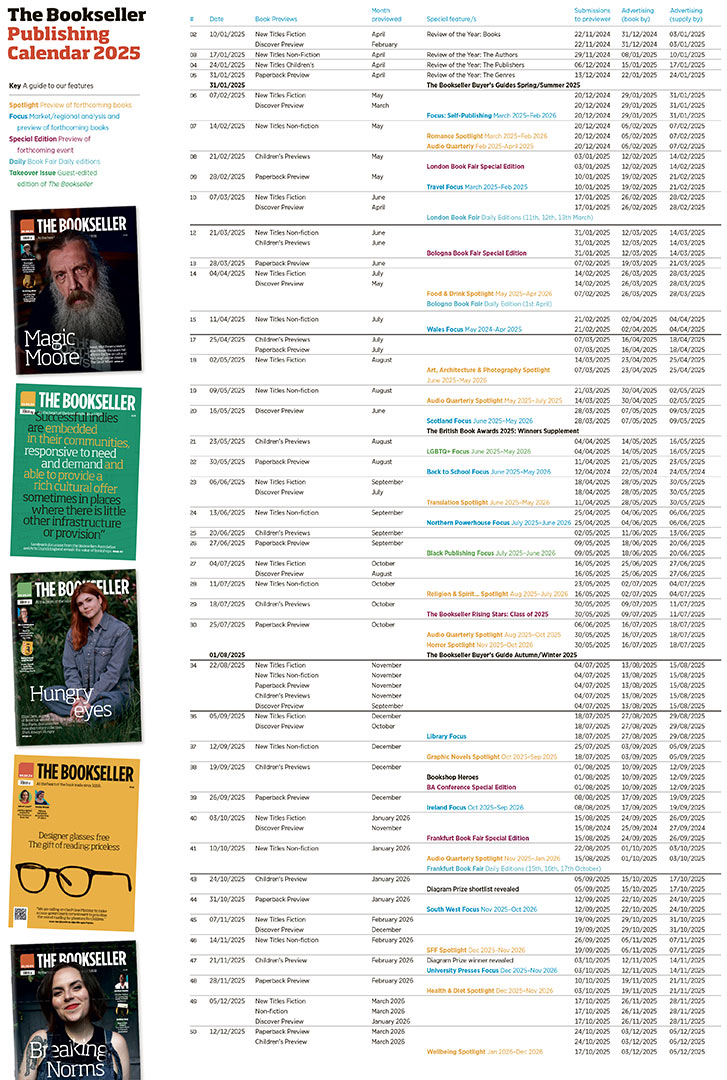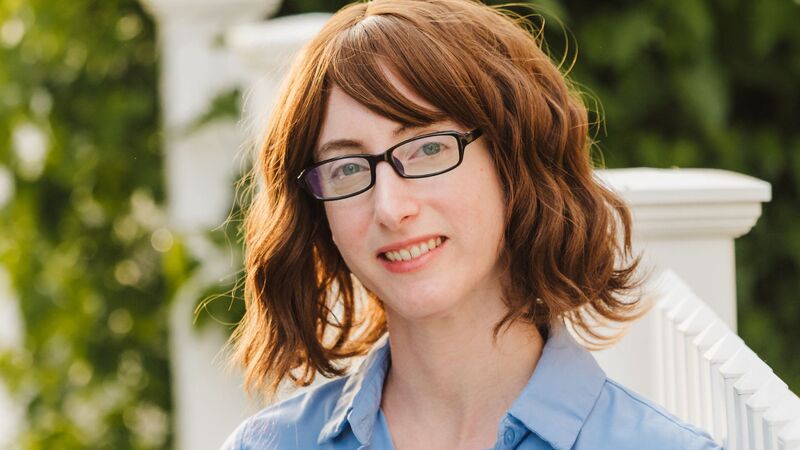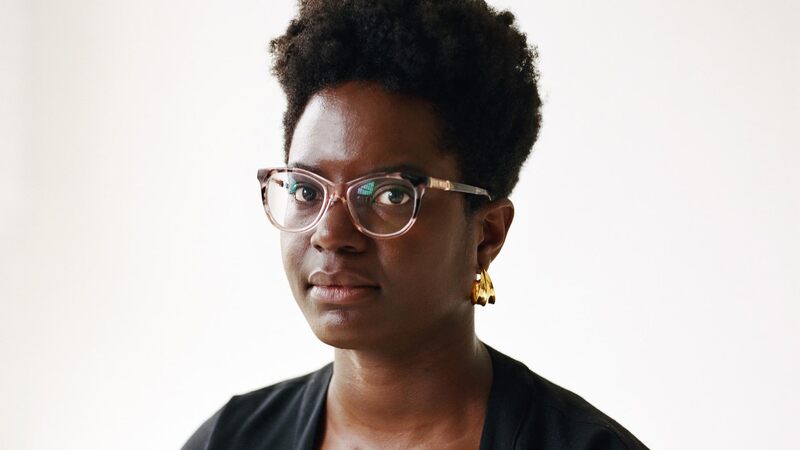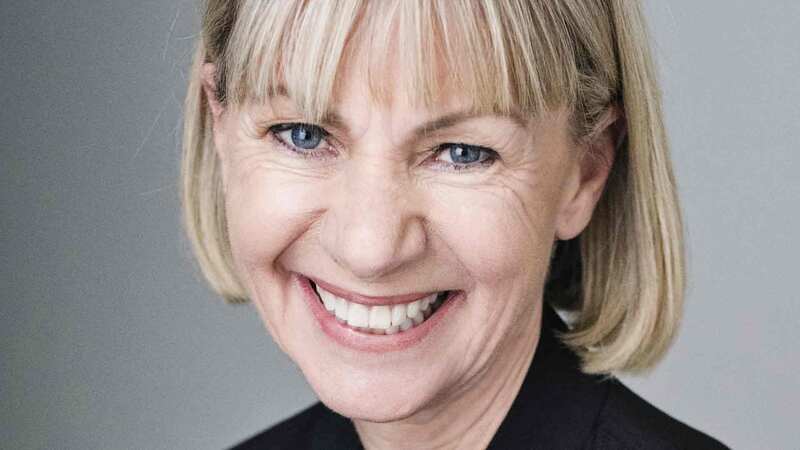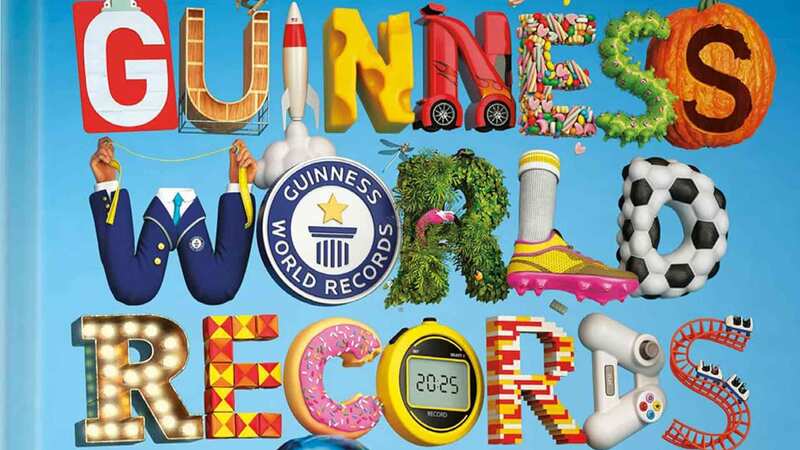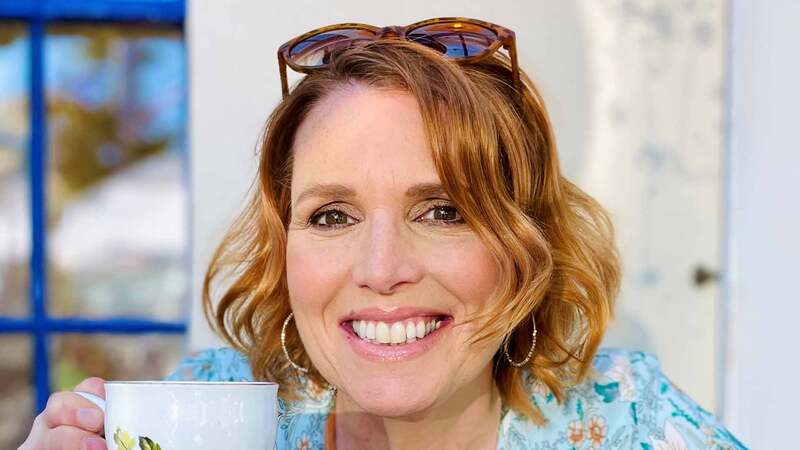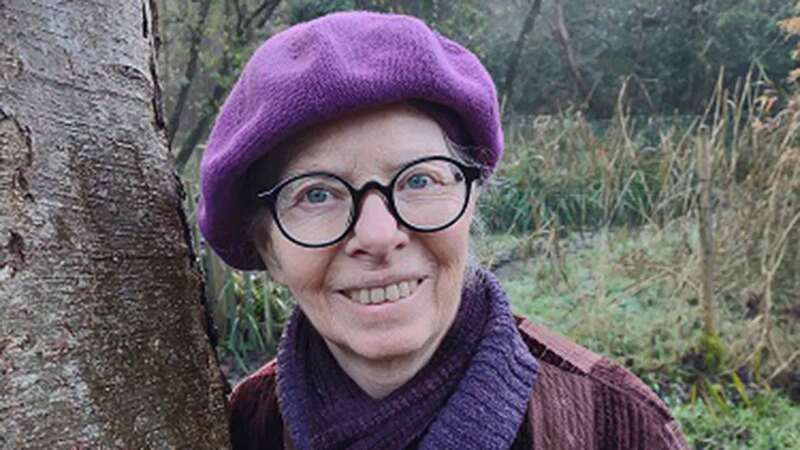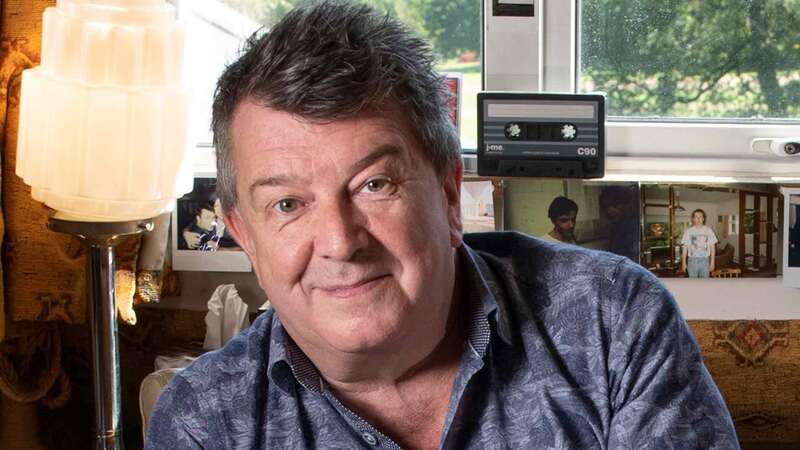You are viewing your 1 free article this month. Login to read more articles.
The adultification of YA
Is the trend towards ever-harder romantasy pushing out younger readers?
This year marks my sixth anniversary of becoming a bookseller. I started off at Waterstones in Newcastle, and moved to work for the bound in Whitley Bay just after the pandemic. I read a little of everything, from niche horror novels to the latest bestsellers. But what really galvanised me as a bookseller – and led to my own writing career – was the YA section.
Books for teens are incredibly important. As a step between the younger titles and more mature novels, YA is an invaluable place to explore new, mature topics in a safe, approachable way. Kate Weston, as an example, talks about period poverty, feminism and systemic misogyny – incredibly important topics for readers coming to terms with those topics for potentially the first time – while still writing fun stories about teenage girls and their friends, who are about the same age as my own YA Book Club members: between about 12 to 15.
When I attended YALC last year, I was eager to find some new titles I could add to 2024’s reading list for my club members. However, as I was feverishly picking up proofs, pin badges and tote bags in that very specific YALC hysteria, it suddenly hit me that I was seeing a lot of books marketed towards me – a reader in her mid-30s. But not much for my Book Club. Everywhere I looked, I saw merchandise for titles such as Fourth Wing and Sarah J Maas, and new titles that were looking to scratch that same itch: namely, romantasy with more than a dash of ‘spice’.
A recent article in The Millions states that more than half of readers buying YA books are older than 18. Which can be amazing. Heartstopper’s popularity with adults, for example, points to a desire to read Queer stories that adult readers may not have had access to in their own teens. And many of the authors writing in that sphere are incredible. Holly Jackson, Adiba Jaigirdar, Sophie Gonzales and many more write fantastic YA fiction that adults can pick up and enjoy.
I had a horrifying instance of a 10-year-old bringing A Court of Thorns and Roses to the till in the same pile as the new Jacqueline Wilson because they’d seen it on BookTok
But recently the YA genre seems to be ever more focused on those readers specifically. The marketing has had a very definite shift; so many books filled with ‘spice’ have cute cartoon covers that look identical to wholesome teen romances, making shelving tricky for the uninitiated. Social media does not help. I had a horrifying instance of a 10-year-old bringing A Court of Thorns and Roses to the till in the same pile as the new Jacqueline Wilson because they’d seen it on BookTok.
There are also far more books in the YA section itself that are romantic in nature than not. This is understandable – publishing is a business, trends will be followed. But I feel that chasing more mature audiences and themes is to the detriment of teens who are not ready for, or just plain do not want, intense passion in their fiction.
At Book Club last year, we read a fantasy book that I thought was swoony enough to be fun without being weird for a group of teenagers to discuss with an adult. It includes some flirting, a few heated looks, and builds up to a passionate kiss before the couple are interrupted for the climactic battle. What surprised me was that even this level of romance made some members uncomfortable – and since then we’ve had a few instances of ‘the kissing’ being a mark against a book we’ve discussed. This leaves me diving into a publisher’s backlist, looking for titles before the recent romantasy boom that would engage my readers that, crucially, they haven’t read already.
I often wonder if this is a case of overexposure – that romance that was once fine, or even sought out, is now leaving young readers cold because of the constant pushing of romantasy and ‘spicy’ stories. The idea of the brilliant, enthusiastic kids I know being pushed out of their own genre just because they don’t want to read about sex makes me more than a little sad.
Chasing more mature audiences and themes is to the detriment of teens who are not ready for, or just plain do not want, intense passion in their fiction
I do not mean to sound prudish. I was reading Anne Rice and Poppy Z Brite in high school, after all. Books for teen audiences that feature relationships, sex and sexuality are a vital way for readers to explore those subjects at their own pace. It’s also not my place as a bookseller to stop a reader buying and enjoying a book. But romance should not dominate the culture of the YA section. If we adults are coming into a space that was not originally designed for us, publishing needs to leave space for the intended audience. Let’s not push out readers who want to read about experiences like their own, rather than a dark-haired Fae Lord growling in their ear.




